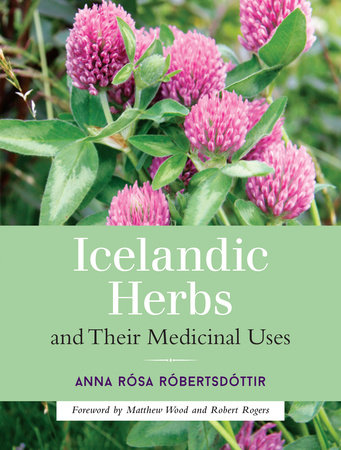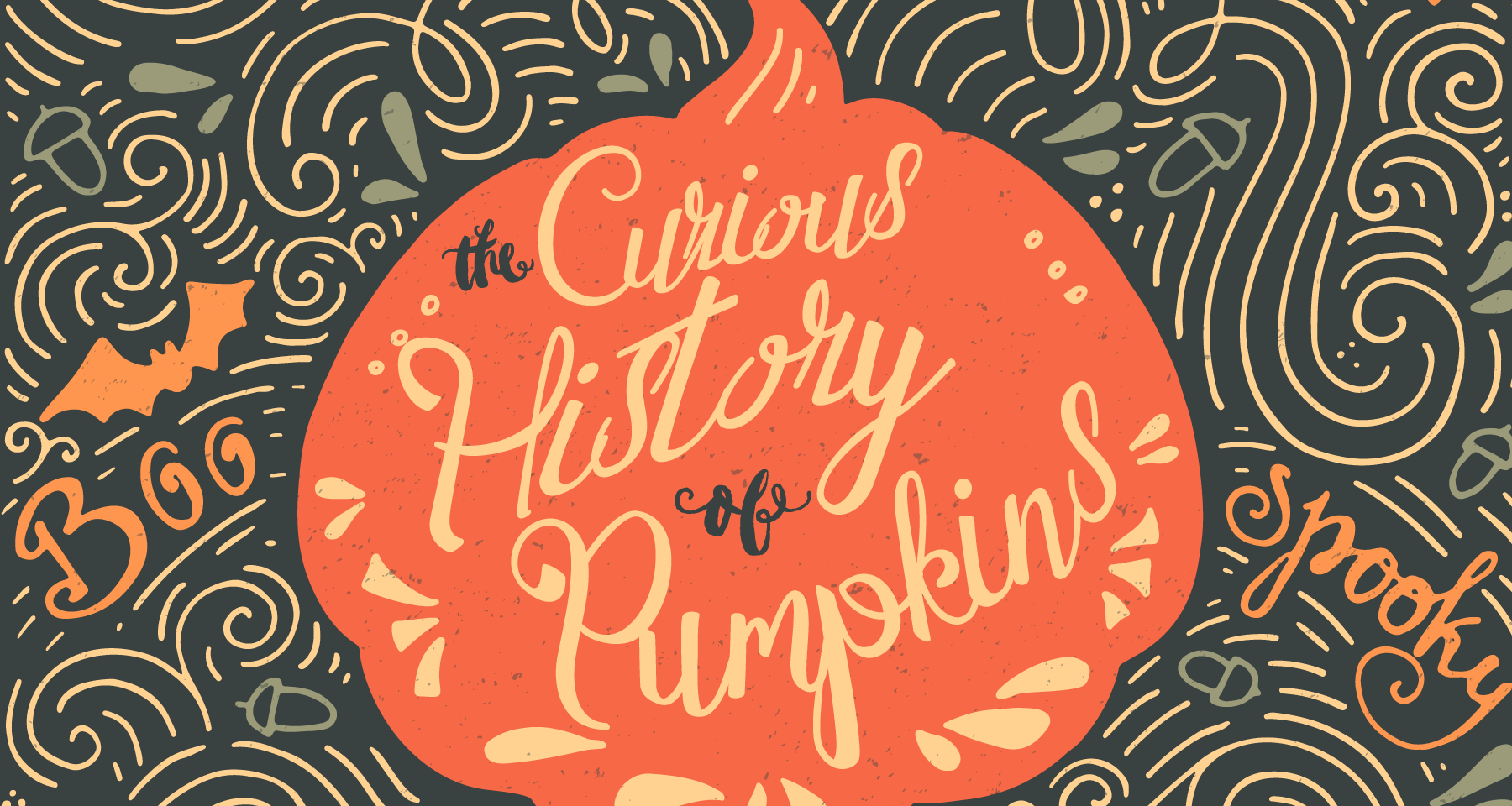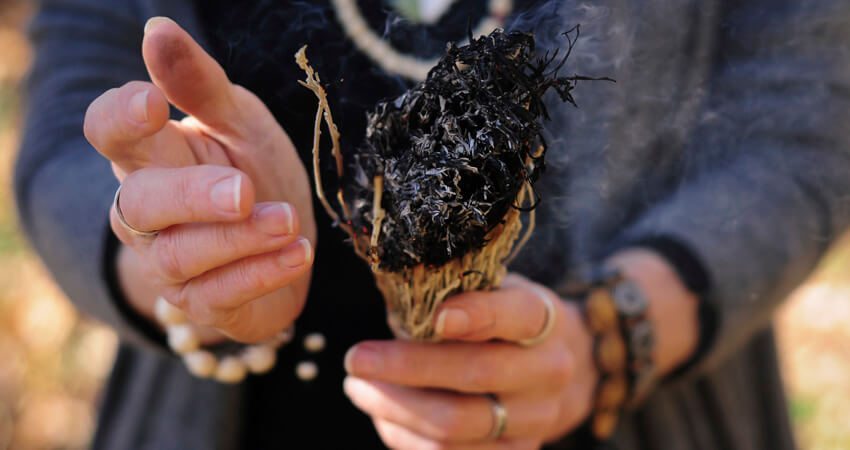
How to Make an Herbal Tincture
Categories: Health & Healing
Last week, we brought you some ideas for treating flu symptoms naturally. As a follow-up, here’s a handy how-to adapted from Icelandic Herbs by Anna Rósa Róbertsdóttir if you want to take a stab at making your own tinctures.
Tags: Herbalism Anna Rósa RóbertsdóttirHow to Make an Herbal Tincture
Ancient methods used by herbalists to extract active substances from medicinal herbs involve steeping them in alcohol. The resulting liquid is called a tincture.
Tinctures can be made at different strengths, but with dried herbs, a 1:5 ratio is generally used (e.g., 100 g dried herbs to 500 ml alcohol). The strength of the alcohol differs according to which herb you’re using, but normally the percentage of alcohol ranges between 25% and 60%. The usual alcohol strength is 45%, but here, 40% is most often given instead of 45% because it is assumed that pure vodka or spirits are used in homemade tinctures. When 25% strength is used to make tinctures, the vodka or spirits are diluted with sufficient water to make a 25% solution.
Place herbs in a container with a tightly fitting lid (e.g., a glass jar), and cover with alcohol. Screw the lid, close tightly, shake, and leave to stand for at least 2 weeks (keep in mind, though, that it often takes 4–6 weeks for tinctures to be ready). The jar should not be exposed to sunlight, so it’s best to keep it in a cupboard. Shake the jar every other day. When the tincture is ready, strain the herbs through a sieve and a muslin cloth. Wring the cloth thoroughly to extract as much of the liquid out as possible. Put the tincture into a glass bottle with a tight cap, labeled with the name and date, and store it away from the light. Tinctures keep well because the alcohol preserves the active constituents as soon as they are released. The usual shelf life is 3–4 years.
Tinctures can also be made with apple cider vinegar or glycerol instead of alcohol.
If tinctures are made with fresh herbs, the ratio is 1:2 (i.e., 100 g of herbs to 200 ml of alcohol). The easiest way is to fill the jar with fresh herbs, compact them slightly, and then add the alcohol to cover the herbs completely. The method described for dried herbs is then used.
It is not recommended to blend many different herbs in one jar when making tinctures. A much better practice is to make tinctures from single herbs and then mix the ready-made tinctures together, because then it is possible to alter the herbal ratio of the tincture when necessary.
The common dosage for tinctures that are made with dried herbs is 1 teaspoon three times a day, but if tinctures are made with fresh herbs, the dose is often 1–2 teaspoons three times a day. Keep in mind that herbalists rarely work with one herb at a time when prescribing tinctures, but instead often blend 4–6 types of herbs.
Children always need smaller doses; after 12 years of age, adult dosages apply for children. Also keep in mind that children of the same age can be of different heights and sizes, so the dosage must be adjusted according to their weight. Tinctures are best given to children in fruit juice or tasty drinks as they rarely taste nice.
The following doses usually apply for children:
- 0–6 months: 1⁄20 of adult dosage
- 6 months to 2 years: 1⁄10 of adult dosage
- 2–5 years: 1⁄5 of adult dosage
- 5–12 years: 1⁄4–1⁄2 of adult dosage
How to make:
- Fill the jar with fresh herbs and compress lightly.
- Cover well with alcohol (see different strengths for each herb).
- Close the lid well and label the jar with the name of the herb and date.
- Store at room temperature for 4–6 weeks; shake every other day.
- Strain the herbs through a sieve and muslin cloth, wringing well.
- Pour the tincture into a glass bottle, labeled with the name and date. Keep away from the light.





